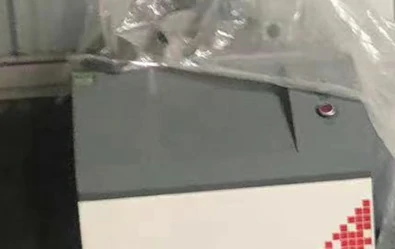loading...
- No. 9, Xingyuan South Street, Dongwaihuan Road, Zaoqiang County, Hengshui, Hebei, China
- admin@zjcomposites.com
- +86 15097380338
- Welcome to visit our website!
frp post
Understanding FRP A Comprehensive Overview
FRP, or Fiber Reinforced Polymer, is a composite material consisting of a polymer matrix reinforced with fibers. This innovative material has gained significant traction in various industries due to its unique properties, including high strength-to-weight ratio, corrosion resistance, and versatility. In this article, we will explore the fundamental aspects of FRP, its applications, and its benefits.
The primary components of FRP are the reinforcing fibers and the polymer matrix. The fibers can be made from materials such as glass, carbon, or aramid, each offering distinct properties. Glass fibers are widely used due to their cost-effectiveness and good mechanical properties, while carbon fibers provide exceptional strength and stiffness but at a higher cost. Aramid fibers, known for their toughness, are often used in applications where impact resistance is critical.
.
One of the most significant advantages of FRP is its light weight. Compared to traditional materials like steel or concrete, FRP components can be significantly lighter, which reduces the overall structural load and can lead to cost savings in transportation and installation. Furthermore, its resistance to corrosion makes FRP particularly attractive for environments where moisture and chemicals could deteriorate conventional materials. This property extends the lifespan of structures and reduces maintenance costs.
frp post

The applications of FRP are vast and varied. In the construction industry, FRP is used in reinforcement for bridges, buildings, and other structures, allowing for longer spans and reduced material usage. In the automotive and aerospace sectors, the lightweight nature of FRP contributes to enhanced fuel efficiency and performance. Even in the sporting goods industry, FRP is used in equipment like bicycles and tennis rackets, providing high performance with less weight.
Moreover, FRP's design flexibility allows for complex shapes and structures that are often difficult to achieve with traditional materials. This capability leads to innovative solutions in both aesthetic and functional aspects of design. As industries continue to evolve and seek more sustainable materials, the demand for FRP is expected to grow.
However, it’s essential to consider some challenges associated with FRP. The initial cost of production can be higher than traditional materials, which may deter some applications. Additionally, the recycling of FRP remains a topic of research, as the composite's durability also poses challenges in terms of end-of-life disposal.
In conclusion, Fiber Reinforced Polymer (FRP) is a revolutionary material with a broad range of applications across various industries. Its lightweight, corrosion-resistant properties, and design flexibility make it an excellent choice for many engineering solutions. As technology advances and awareness of sustainable materials increases, FRP is poised to play an even more significant role in future developments, paving the way for innovation and efficiency in material science.
-
The Rise of FRP Profiles: Strong, Lightweight, and Built to LastNewsJul.14,2025
-
SMC Panel Tanks: A Modern Water Storage Solution for All EnvironmentsNewsJul.14,2025
-
GRP Grating: A Modern Solution for Safe and Durable Access SystemsNewsJul.14,2025
-
Galvanized Steel Water Tanks: Durable, Reliable, and Ready for UseNewsJul.14,2025
-
FRP Mini Mesh Grating: The Safer, Smarter Flooring SolutionNewsJul.14,2025
-
Exploring FRP Vessels: Durable Solutions for Modern Fluid HandlingNewsJul.14,2025
-
GRP Structures: The Future of Lightweight, High-Performance EngineeringNewsJun.20,2025
